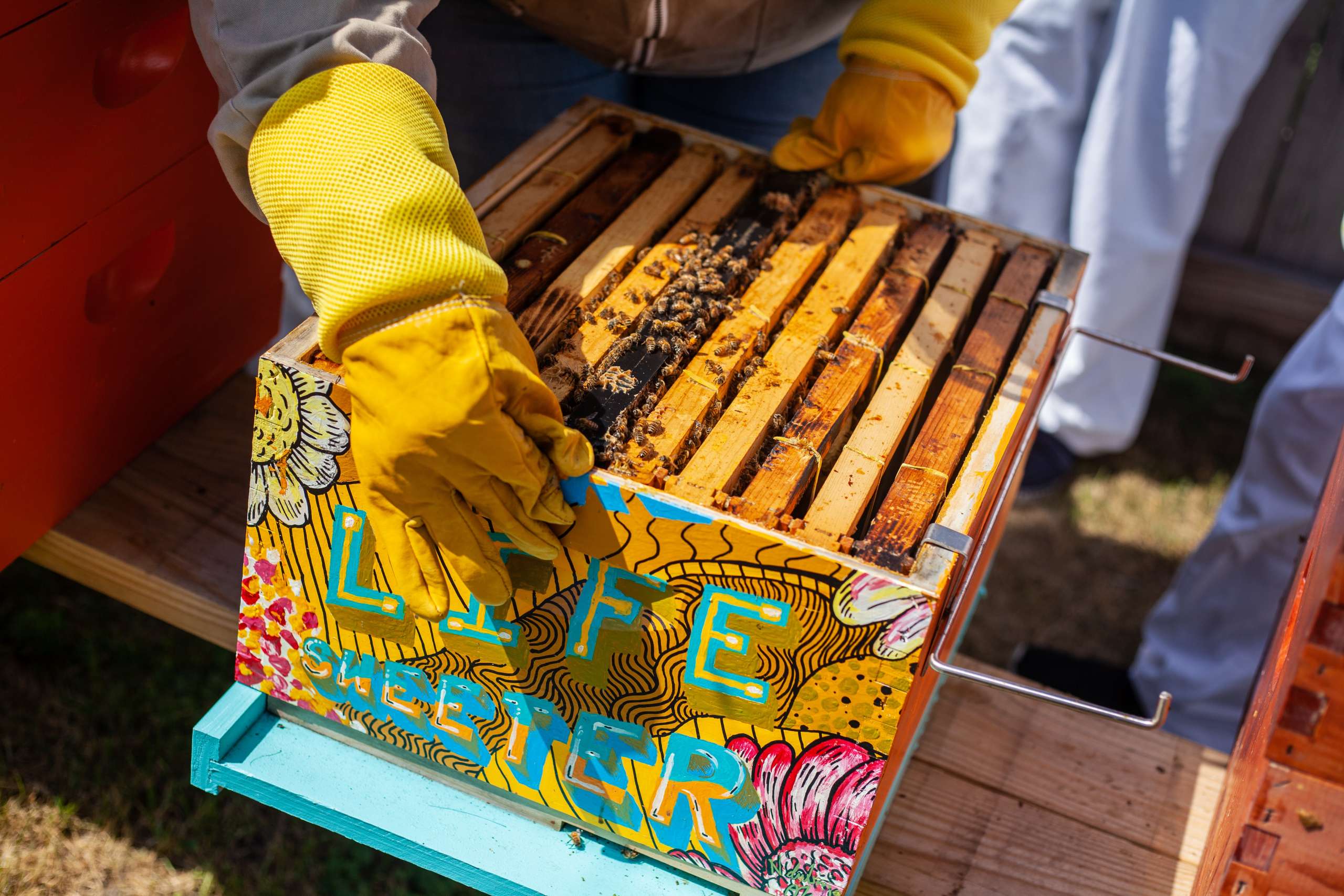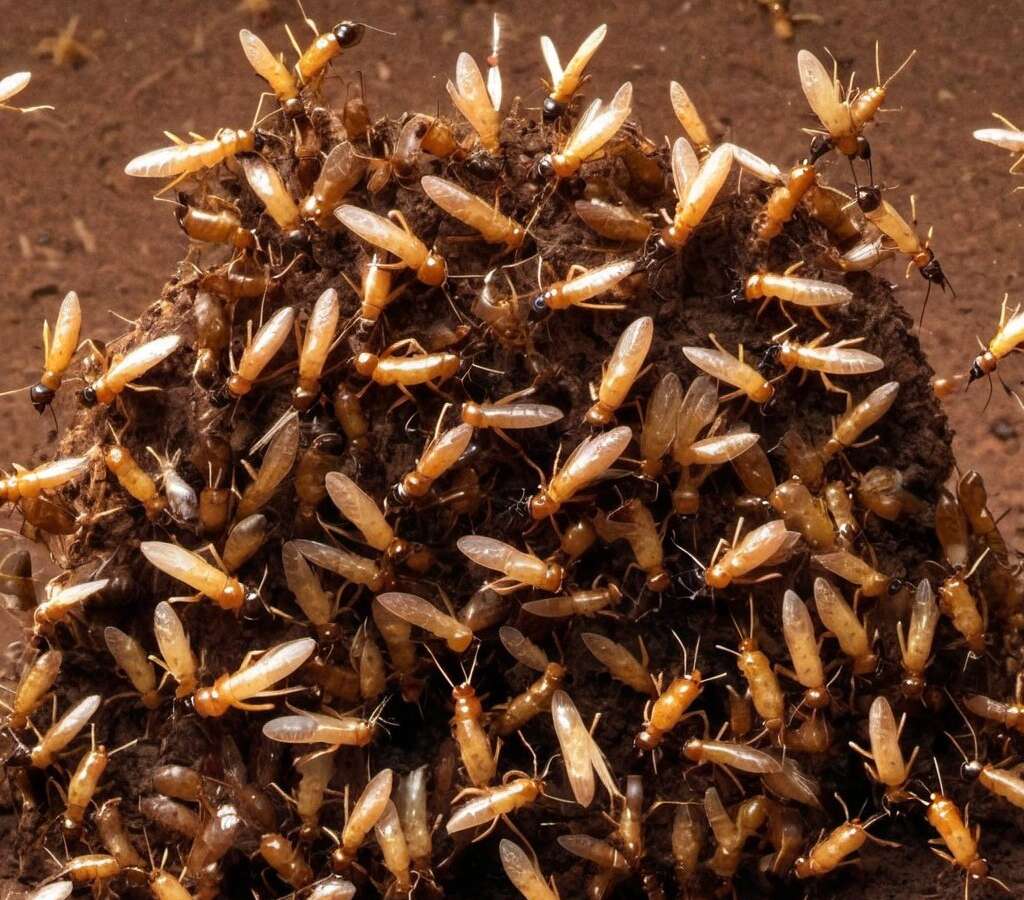If you are someone passionate about gardening or work in farming, protecting your plants from pests is something you’ll feel strongly about. You may undertake measures to improve the structure of your garden too, to ensure you can best appreciate your outdoor space. Installing garden composite decking is one way to give your garden a natural aesthetic whilst providing a safe way to walk around.
However, you may face many challenges in protecting your plants and their vitality. You may face one such danger: wood-boring insects that can weaken or damage trees and shrubs in your garden or farm. It can be pretty distressing to see your hard work being undermined by these insects, especially if you can’t figure out how to eliminate them. Not to worry, we have you sorted out. This article will advise you of some of the best ways you can control pests to protect your trees and shrubs.
WHAT ARE WOOD-BORING INSECTS?
Wood-boring insects encompass all the types of insects that like to feed or make their homes within the bark, branches, and trunks of trees or shrubs. Wood-boring insects are classified into two types:
- Primary wood-borers
- Secondary wood-borers (https://agrilifeextension.tamu.edu/library/landscaping/wood-boring-insects-of-trees-and-shrubs/)
Primary Wood-borers
Primary wood-borers are insects that attack living trees and shrubs by burrowing deep beneath the bark, eating away at the heartwood and ultimately killing the tree. These represent a considerable danger for your plants.
Secondary Wood-borers
Secondary wood-borers attack dying, damaged, or weakened trees as they provide a home for many insects and their larvae. Some insects also feed on the sap and fungi of these trees.
There are hundreds of species of insects that can damage trees. According to research on wood-borers in log depots of Northwest Turkey, researchers identified that the Arpholus Rusticus was determined as the insect with the highest severity of damage with a massive 8.8% of all tree damage in the region being attributed to this one species. Other wood-boring insects include:
- Locust borer beetles
- Cottonwood borers
- Red-headed ash borer beetles
- Bark beetles
- Carpenter Worms
WHAT DAMAGE DO THESE INSECTS INFLICT?
The amount of damage sustained is rarely apparent initially. By the time it is identified, it will either be too late, or a significant amount of damage will have occurred causing irreparable damage to the tree or shrub. The type of damage will also depend on the species, as they each possess characteristics that will make this damage differ. Typically, the types of damage they will inflict are:
- Tunnel holes are created by insects that like to tunnel into the bark to reach the inner bark where the nutrients lie or make their home to lay their larvae. These holes may be round, semi-circular, and oval and typically have a random pattern. This should not be confused with the neat rows of woodpecker holes.
- Frass: This is sawdust-like excrement that will be just inside or outside holes.
- Cracked bark or dead limbs: Wood-borers will feast on the inner nutrient bark layer, cutting off the supply of nutrients to certain branches. This will cause branches to die to weaken, which will cause cracking on the surface significantly.
- Oozing sap: Sap oozing out of the trunk likely means an insect has made its way inside, causing sap to leak out.
KEEPING PLANTS HEALTHY
Keeping your plants healthy is the best way to prevent secondary borers which are attracted to dead trees and shrubs. A healthy tree with good sap flow and growth rate will keep away secondary borers. Some good agricultural or horticultural practices you can adopt include:
- Selecting plant species that wood-borers do not prefer.
- Choosing an ideal planting site where there will be less hazardous conditions
- Watering and fertilizing in a proper and timely manner.
- Avoiding injury to trunks and shrubbery from machines. Using plastic protectors can help protect from this damage.
- Swiftly taking care of any injured plant by pruning before it dies.
- Removing dead or dying trees and shrubbery. If the damage is too much, you may have to use heavy machinery, like an excavator.
MANUAL REMOVAL OF BORERS
This method can be a little tedious and is ideal if you detect minor damage early on before it can escalate. You can use tools like a pocket knife, wires, etc. to inspect damaged sites, such as the ones mentioned in the previous section. You can then manually remove larvae and insects using these tools until they have been removed. You can try this for heavily infested areas, but it will take quite a bit of patience to weed out all insects. Removing them may minimize or stop the damage that would have likely snowballed with time.
CHEMICAL TREATMENT
Chemical treatment is not always the way, but if the other methods have failed, you may not have much choice but to give in. After all, maintaining the health of your trees and shrubs is vital for you. There are plenty of insecticide and spray options available, but you have to choose carefully. Certain pesticides may kill the wood-boring insects but may cause other damages that could cause further problems for you. Additionally, you must use legal pesticides and spray, whose legality differs from state to state. Certain pesticides may not even be available in retail, and you may have to hire professional pest control services. There are two things you need to look out for in this aspect. These are:
- Application Timing: Application timing will differ on the season and the behavioral patterns of the wood-boring species. For example, you can find an application timing schedule for clearing borers here.
- Method: The method of pesticide application will vary. Some types will require application on the plants themselves, while others will require application into the soil. We recommend checking out the label before you apply them.
THE BOTTOM LINE
Wood-boring insects can be a headache for many garden and farm owners as they attack trees and shrubbery. This damage differs in many aspects, but ultimately, it leads to the death of plants. Such a case can cause significant loss to an owner, and it is in their best interest to control this. We have discussed various invasive and non-invasive techniques you can employ to control or get rid of the wood-boring insects. We hope this article proves helpful and you have healthy, growing plants in no time.



